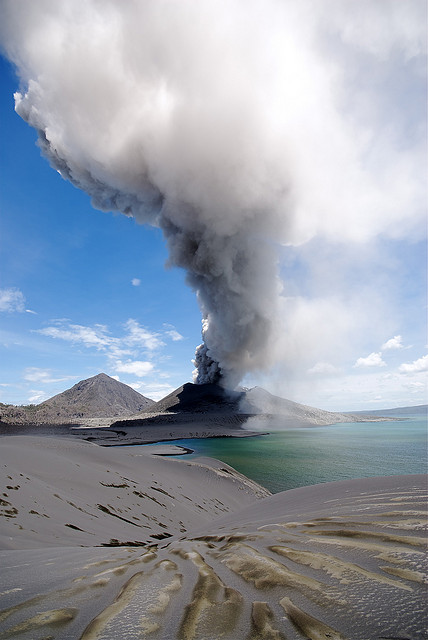
Not a volcano in England, of course. But a massive eruption thousands of miles away.
Scientific evidence – including radiocarbon dating of the bones and geological data from across the globe – shows for the first time that mass fatalities in the 13th century were caused by one of the largest volcanic eruptions of the past 10,000 years.The really interesting bit: Nobody is sure yet where that volcanic eruption actually happened.
Such was the size of the eruption that its sulphurous gases would have released a stratospheric aerosol veil or dry fog that blocked out sunlight, altered atmospheric circulation patterns and cooled the Earth's surface. It caused crops to wither, bringing famine, pestilence and death.
Mass deaths required capacious burial pits, as recorded in contemporary accounts. In 1258, a monk reported: "The north wind prevailed for several months… scarcely a small rare flower or shooting germ appeared, whence the hope of harvest was uncertain... Innumerable multitudes of poor people died, and their bodies were found lying all about swollen from want… Nor did those who had homes dare to harbour the sick and dying, for fear of infection… The pestilence was immense – insufferable; it attacked the poor particularly. In London alone 15,000 of the poor perished; in England and elsewhere thousands died."

No comments:
Post a Comment